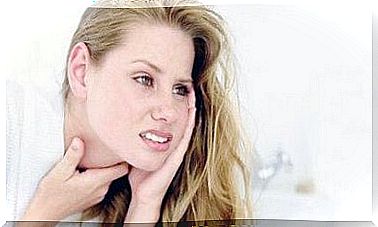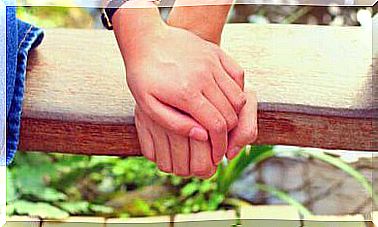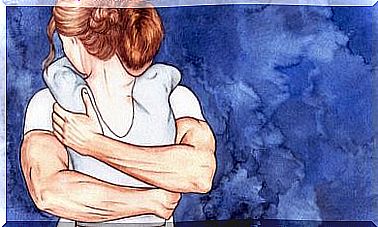What Does A Disintegrative Disorder In Children Mean?
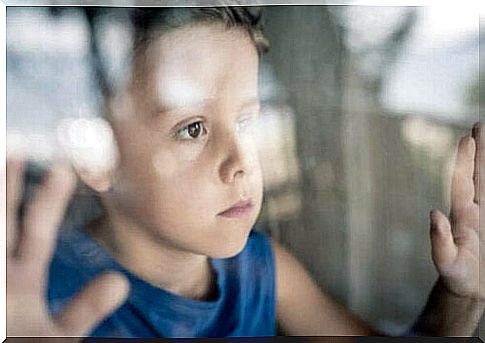
Disintegrative disorder in children is rare. This means a significant loss of previously acquired skills and occurs when the child is between 2 and 10 years old. It is also called Heller’s syndrome, dementia infantilis, childhood dementia, symbiotic psychosis and disintegrating psychosis.
It was previously considered part of the pervasive developmental disorders, along with autism, Rett’s disorder and Asperger’s disease in the manual DSM-IV-TR . However, it is no longer classified as such according to the new edition DSM-5 , and doctors only diagnose if the criteria in autism spectrum disorder are also present, and then as “autism spectrum disorder associated with a known medical condition” (ie disintegrative disorder in children) .
This article discusses the symptoms of disintegrating disorder in children. We tell how doctors do to make the diagnosis, what causes the condition and the best treatments for these children.
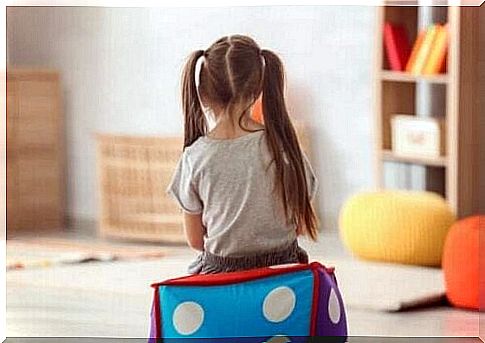
A little history
Around 1905, Sante de Sanctis (1862-1953), an Italian physician, psychologist and psychiatrist, described an image as one that characterizes a disintegrative disorder in children. He created the category of childhood dementia, where he included various disorders that had mental retardation as a symptom.
Later, in 1908, Theodor Heller, an Austrian teacher, described several cases of disintegrating psychosis. This consisted of a condition that began around the age of four after a period of normal development. Therefore, disintegrative disorder in children is also known as Heller’s syndrome.
The name “symbiotic psychosis” comes from Margaret Mahler, who clarified that contributions from constitutional factors could create a kind of child psychosis that occurs between three and six years. She called it symbiotic psychosis.
Diagnosis of disintegrative disorder in children
As you read above, the DSM-5 eliminated this disease from its medical disease list. However, autism spectrum disorder has the specification “associated with a known medical condition”. This makes it possible to diagnose this condition if a child meets the diagnostic criteria that belong to a disintegrative disorder in children.
The DSM-IV-TR edition included the diagnostic criteria for this disorder. There is usually a normal development during the first two years of life. This is shown by the presence of communication, social relationships, play and adaptive behavior that is typical of this age.
Subsequently, there are significant losses of skills that have already been acquired, from the age of two and before the age of ten, in at least two of the following areas:
- an expressive and receptive language
- social skills or adaptive behaviors
- control of the intestine or bladder
- play ability
- motor skills.
In addition, for the diagnosis, there must be changes in two of the following areas that we mention below. These coincide with the changes that are characteristic of autism: a qualitative change in social interaction and communication or repetitive and stereotypical patterns of behavior, interests and activities.
A final condition for the diagnosis is that these symptoms cannot be better explained by the presence of other pervasive developmental disorders or by the presence of schizophrenia.
Symptoms of disintegrative disorder in children
- Loss of language-related skills. A child loses the acquired vocabulary and the ability to communicate with others, including the receptive ability.
- Problems in social relationships and adaptive behavior. There is a reduced interaction with friends and family, which drives the child to isolation. This is due to a complete lack of interest in the surrounding environment.
- Loss of motor skills. The child begins to experience difficulties with gross motor skills such as running (or walking, in more severe cases). This usually manifests itself along with obvious difficulties in fine motor skills (such as grasping objects with the hand).
- An inability to control the bowel and bladder. Children usually achieve bowel and bladder control between the ages of two and four. Children with disintegrating disorders usually lose this ability.
- Qualitative change of social interaction that can manifest itself in deficiencies in non-verbal communication, inability to establish social relationships, or lack of social or emotional reciprocity, etc.
- Stereotypical behavior and limited interests, such as a rigid adherence to certain routines, intolerance to change, motor behavior and stereotype, and foreign interests (such as interest in object details, rather than interest in the object itself).
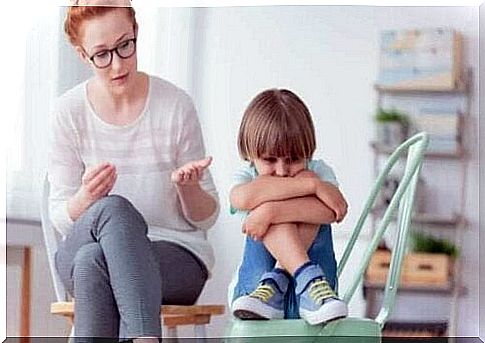
Causes and treatment
The etiology, ie the origin, of disintegrative disorder in children is not fully understood. Concrete mechanisms have not yet been discovered. However, there are some possible causes for the onset of this disorder, such as damage to the central nervous system during the development and onset of certain neurological diseases, such as tuberous sclerosis. However, there is no absolute evidence for this at present.
As we mention above, disintegrative disorder in children is a rare disease (though more common in boys than in girls) and there is no cure for it. What doctors can do, therefore, is to offer certain treatments that enable them to improve the health and quality of life of these children and to promote the skills they can retain.
Interventions
These are usually interdisciplinary:
- Pharmacotherapy can help reduce stereotypical behaviors (self-inflicted in many cases) and the symptoms of other, comorbid disorders.
- Nutritional treatment guarantees the nutritional supply, which is important because these children often have problems chewing and swallowing food.
- Behavioral therapy helps to reduce unwanted behaviors, such as stereotypes, and helps to improve retained skills. In fact, in some cases, a child may rediscover a lost skill.
- Alternative therapies usually accompany behavioral and medical treatment. Music or horse therapy is often used and has proven benefits. This applies not only to disintegrative disorders in children but also to children with other diseases that affect neurological development.
By definition, these symptoms occur between the ages of 2 and 10 years. They may occur suddenly or gradually and may be accompanied by symptoms such as irritability, hyperactivity, anxiety or loss of other specific skills.
Once diagnosed, those affected may make small improvements, but the social, communicative, and behavioral deficiencies are constant and persist throughout life. Thus, any treatment that offers improvement, no matter how small, of these children’s symptoms and quality of life is welcome.






